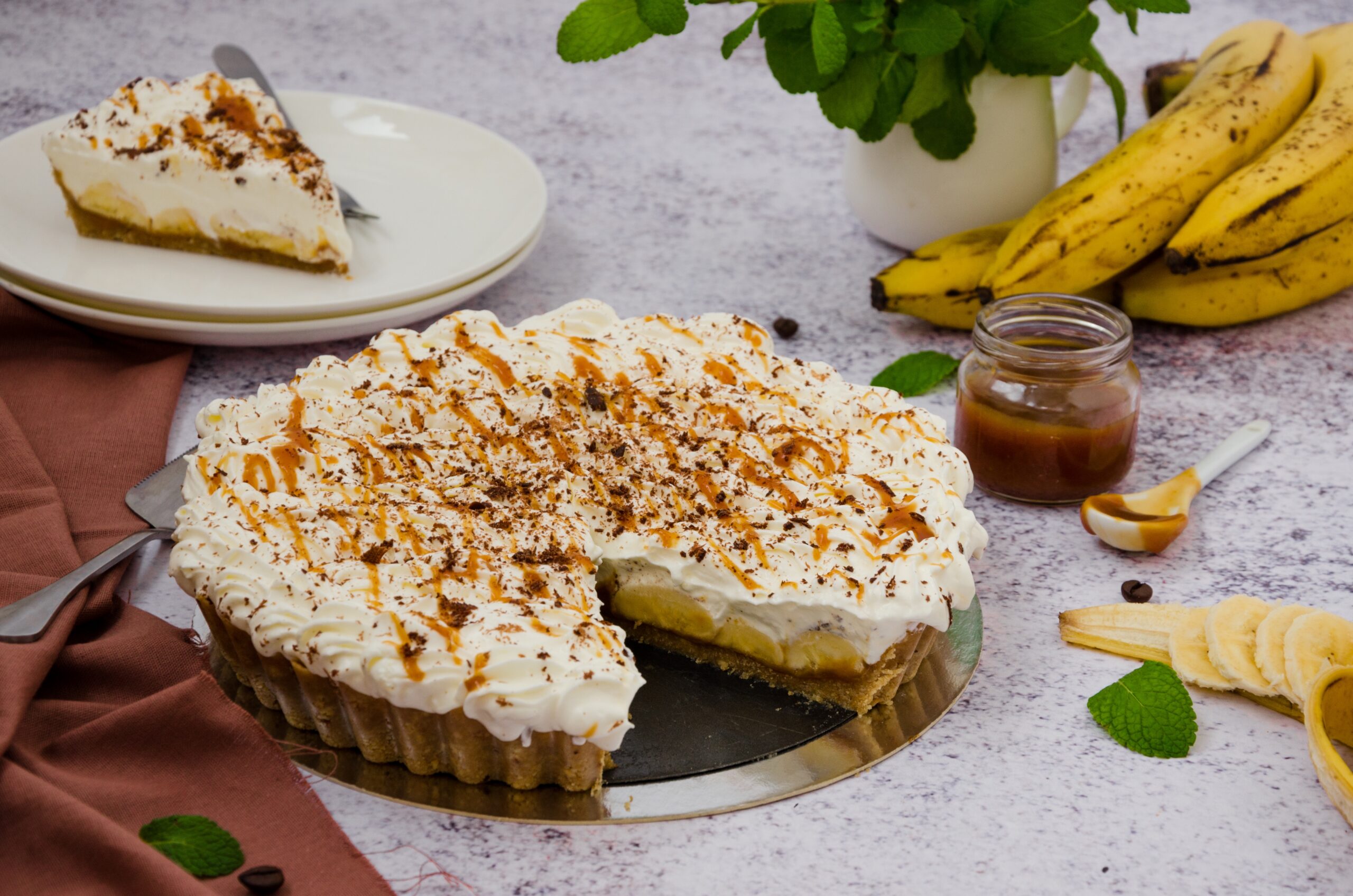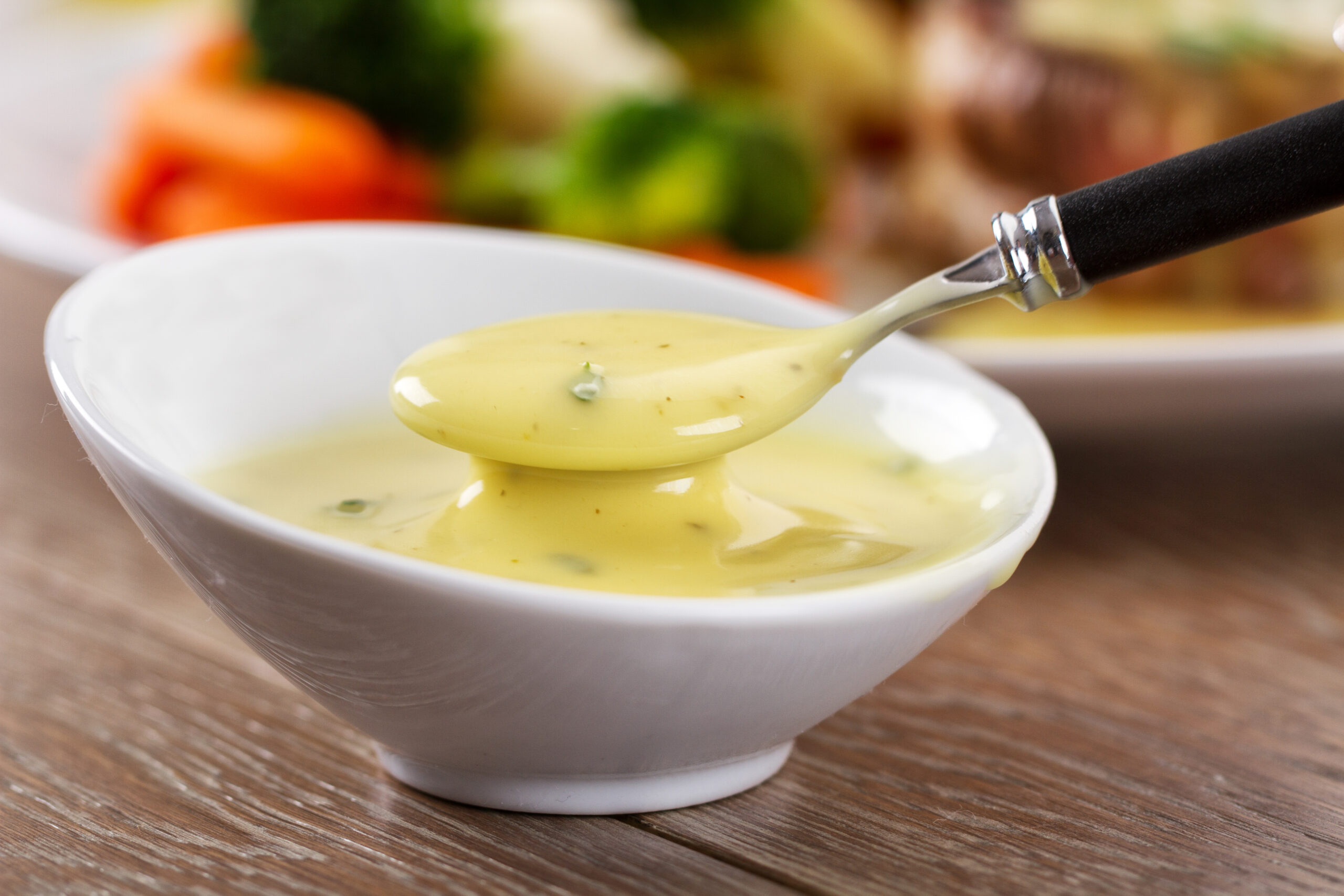- LIFE
The Ultimate Banoffee Pie Experience


Hollandaise sauce, a luxurious blend of butter, egg yolks, and lemon juice, is a cornerstone of classic French cuisine that can elevate any dish. Perfect for drizzling over poached eggs or grilled asparagus, this rich and creamy sauce can seem intimidating, but with the right approach, it becomes a straightforward endeavor. Whether you’re a seasoned home cook or a culinary enthusiast exploring new recipes, mastering hollandaise sauce will add a sophisticated touch to your culinary repertoire.

While the classic hollandaise sauce is a timeless favorite, experimenting with different variations can bring new flavors and excitement to your dishes. Here are some popular adaptations that will inspire your next culinary creation.
Ingredients: 3 egg yolks, 1 tablespoon lemon juice, 1/2 cup unsalted butter (melted), a pinch of salt, a dash of cayenne pepper.
Steps:
In a heatproof bowl, whisk the egg yolks and lemon juice until thickened.
Place the bowl over a pot of simmering water, ensuring the bowl doesn’t touch the water.
Slowly drizzle in the melted butter while continuously whisking until the sauce is thick and creamy.
Season with salt and cayenne pepper to taste.
Serve with: Eggs Benedict, steamed vegetables, or grilled seafood.
Ingredients: 3 egg yolks, 2 tablespoons lemon juice, 1/2 cup unsalted butter (melted), zest of 1 lemon, a pinch of salt.
Steps:
Whisk the egg yolks and lemon juice in a heatproof bowl until smooth.
Set the bowl over simmering water and gradually add melted butter, whisking continuously.
Incorporate the lemon zest and season with salt for a vibrant twist.
Serve with: Roasted chicken, asparagus, or fish fillets.
Ingredients: 3 egg yolks, 1 tablespoon lemon juice, 1/2 cup unsalted butter (melted), 1/4 teaspoon cayenne pepper, salt to taste.
Steps:
In a bowl, whisk together egg yolks and lemon juice until mixture thickens.
Position over simmering water and slowly incorporate melted butter while whisking.
Add cayenne pepper for a spicy kick, and season with salt.
Serve with: Grilled meats, roasted potatoes, or eggs.
Ingredients: 3 egg yolks, 1 tablespoon lemon juice, 1/2 cup unsalted butter (melted), a pinch of salt, a dash of hot sauce (optional).
Steps:
Combine egg yolks and lemon juice in a blender, blending on high speed until pale.
Reduce speed to low and slowly stream in melted butter until sauce emulsifies.
Season with salt and hot sauce for an extra kick.
Serve with: Steamed vegetables, poached eggs, or seafood.
Proper storage is essential to maintain the quality of your hollandaise sauce. Here are some tips to keep it fresh and flavorful.
While not traditionally recommended due to potential texture changes, freezing hollandaise sauce can be done with care. Here’s how:
Reheating hollandaise sauce requires a gentle touch to maintain its velvety texture. Follow these methods for the best results:
Mastering the art of hollandaise sauce opens up a world of culinary possibilities. Whether you stick to the classic recipe or experiment with bold variations, the key is to enjoy the process and savor the delightful results. With proper storage and reheating techniques, you can extend the life of your sauce, ensuring that its rich, creamy goodness is always at your fingertips.